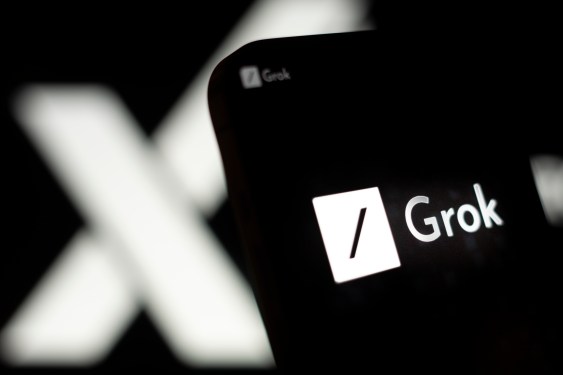Unveiling Grok 3: Elon Musk’s Ambitious AI API Takes Center Stage

Elon Musk’s AI company, xAI, is making waves with the launch of its Grok 3 model, now available through an API that allows developers to integrate advanced artificial intelligence capabilities into their applications. This initiative arrives amid a tumultuous backdrop where Musk has been countersued by OpenAI, yet it clearly signals xAI’s intent to compete aggressively in the AI landscape.
Grok 3 has been in the spotlight since its unveiling a few months ago, positioned as a rival to notable models such as OpenAI’s GPT-4o and Google’s Gemini. Unlike its predecessors, Grok 3 boasts the ability to analyze images and answer queries, playing a pivotal role in enhancing functionalities on Musk’s social media platform, X, which merged with xAI earlier this year.
xAI offers two versions of Grok 3 via its API: the full Grok 3 and a more compact Grok 3 Mini. The pricing structure is reflective of its competitive nature; the standard model costs $3 per million input tokens and $15 per million tokens generated. For Grok 3 Mini, developers can access it at a much-reduced rate of $0.30 per million input tokens and $0.50 for outputs. Speedier options are available at a premium, drawing comparisons in pricing with competitors like Anthropic’s Claude 3.7 Sonnet.
Despite the innovative features, Grok 3’s pricing raises eyebrows as it aligns closely with higher-end models while purportedly underperforming in standardized benchmarks compared to Google’s Gemini 2.5 Pro. Recent claims regarding misleading marketing about Grok’s capabilities have surfaced, amplifying scrutiny around its context window, limited to 131,072 tokens, far less than what was initially advertised.
Musk’s vision for Grok extends beyond just providing answers; he aimed to design an AI model that is unfiltered and equipped to discuss topics other systems shy away from. Feedback from users has revealed Grok’s prior hesitancy on sensitive political issues, which Musk—and the company—are actively seeking to address by working towards a more neutral AI persona.
Although challenges remain—such as the recent controversy surrounding its supposed censorship of politically unflattering content—the journey for Grok 3 is only beginning as it embraces an uncertain yet promising future in the AI arena.
As xAI navigates the complexities of market reception and performance validation, it becomes increasingly essential for potential users and investors to scrutinize the evolving landscape of AI technology. With major players like OpenAI and Google setting high standards, Grok 3’s success may ultimately depend on its ability to deliver on its promises without the shadow of controversy or failure in performance. Experts in AI and technology will undoubtedly be watching closely as this situation develops, weighing the implications of xAI’s approaches for the broader industry.
